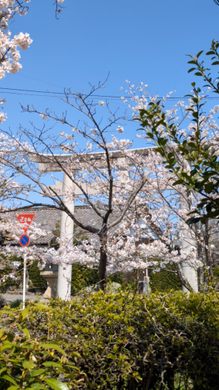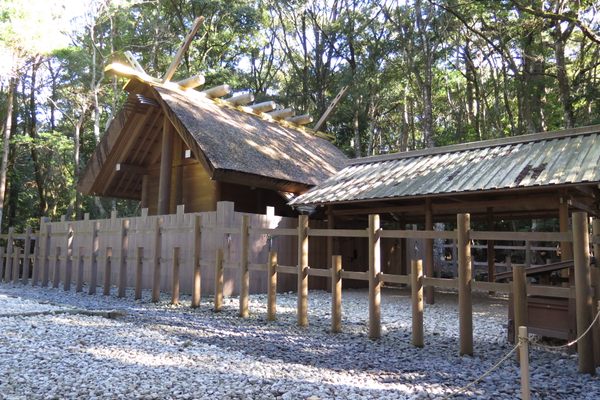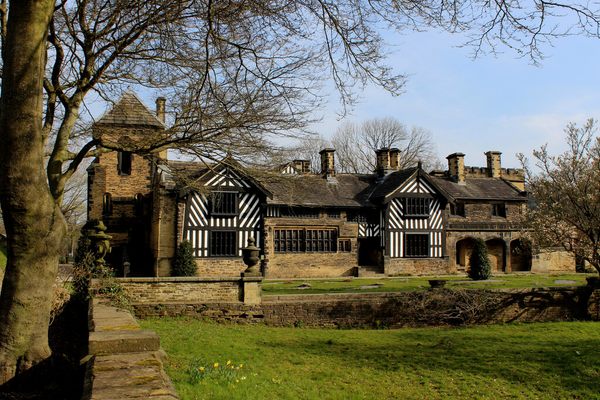AO Edited
Gojōban Yashiki Samurai Residences
Descendants of the samurai who guarded Matsusaka Castle during the Edo period still live in these charming historic houses (and visitors can enter one of them for free).
Matsusaka is a city that excels at hiding its treasures. Its city center is a haphazard collection of abandoned buildings from the 1980s, yet two steps away are the manicured hedges of the largest existing samurai residence complex from the Edo period.
These residences were home to samurai warriors of the Kishu Domain who guarded Matsusaka Castle at the end of the Edo period (1603-1868). Unusually for such a site, the descendants of the samurai continue to live here to this day, and it has received national designation as an Important Cultural Property. One of the houses is open for free to the public.
The nearby historic home of the Hasegawa family, who amassed wealth in the 17th century through the trade of Matsusaka cotton, is also open to visitors for a small fee. If you’ve ever seen jokes made about “jimonos” (jean-kimonos), chances are they’re actually kimonos made from Matsusaka cotton—naturally dyed indigo threads hand-woven into fashionable designs ahead of its time. The fabric looks like blue denim at first glance, but it actually precedes the invention of denim by more than two centuries. Visitors can enjoy a simple tea ceremony, and even try weaving Matsusaka cotton on the weekends.
Know Before You Go
It is difficult to get around Matsusaka without a car. Public transport is limited and infrequent (some local trains do not accept IC cards like suica or pasmo). You can rent bicycles from the Tourism Center for 100 yen per hour, or rent a car from the many vendors around the station.
It takes about 1.5 hours by train to get to Matsusaka Station from Osaka or Nagoya.
















Follow us on Twitter to get the latest on the world's hidden wonders.
Like us on Facebook to get the latest on the world's hidden wonders.
Follow us on Twitter Like us on Facebook